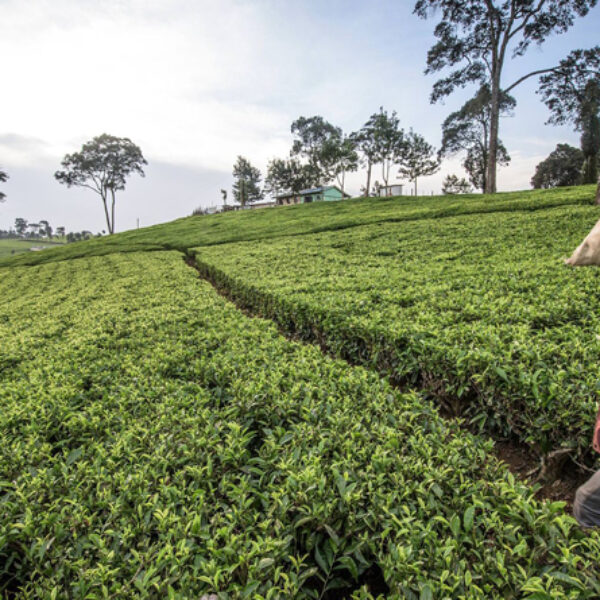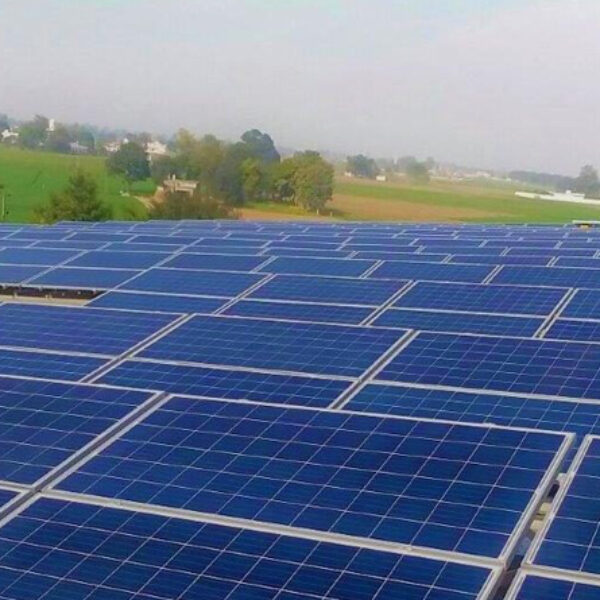Regenerative Farming and sustainable energy are two concepts that have gained significant traction in recent years. Both aim to promote a more sustainable and eco-friendly approach to agriculture and energy generation. But did you know that these two concepts are closely interconnected? In this blog post, we’ll explore the interconnection between regenerative Farming and sustainable energy and how we can unlock their maximised potential.

Exploring the interconnection of regenerative farming & sustainable energy: how to unlock their maximised potential
What are regenerative farming and sustainable energy, and how are they connected?
Regenerative Farming is an agricultural system prioritising soil health, biodiversity, and ecological regeneration. It is an approach that aims to reverse the damage caused by conventional farming practices, such as tillage, monoculture, and synthetic fertilisers and pesticides. Regenerative Farming utilises crop rotation, cover cropping, composting, and reduced tillage to improve soil health and fertility.
On the other hand, sustainable energy refers to energy sources that are renewable, non-polluting and do not deplete natural resources. Sustainable energy sources include solar, wind, hydropower, geothermal, and biomass. These energy sources do not emit greenhouse gases and have a minimal environmental impact.
The connection between regenerative Farming and sustainable energy lies in their shared goal of promoting sustainable and eco-friendly practices. Sustainable energy can power regenerative farming practices like irrigation, lighting, and machinery. In turn, regenerative Farming can help sequester carbon, which can help mitigate the effects of climate change, thus contributing to the sustainability of the energy sector.
The impact of climate change on agriculture & how to combat it with regenerative farming

Image source:downtoearth
Climate change has had a significant impact on agriculture. Temperature, rainfall, and weather patterns have affected crop yields, soil health, and water availability. Regenerative farming practices can help combat the effects of climate change on agriculture by improving soil health and increasing the capacity of soil to store carbon.
One way regenerative farming practices can combat climate change is through carbon sequestration. Carbon sequestration is capturing and storing carbon dioxide from the atmosphere. Regenerative farming practices such as cover cropping, reduced tillage, and compost use can help sequester soil carbon. This not only helps mitigate the effects of climate change but also improves soil health and fertility.
Powering sustainable agriculture with renewable energy sources
Renewable energy sources such as solar, wind, and hydropower can power sustainable agriculture practices. For example, solar panels can power irrigation systems and farm machinery, reducing the reliance on fossil fuels. Wind turbines can power farm buildings and generate electricity for the local community.
Using renewable energy sources in agriculture reduces greenhouse gas emissions, promotes energy independence, and reduces operating costs for farmers. This can help make agriculture more sustainable and financially viable in the long term.
Maximising the potential of regenerative farming and sustainable energy through combined practices
While both regenerative Farming and sustainable energy sources have shown individual promise in mitigating the impacts of climate change, their combined potential is even more significant. By integrating renewable energy into regenerative farming practices, farmers can increase their energy independence and further reduce their carbon footprint.
One of the ways regenerative Farming and renewable energy can be combined is through the use of solar panels. Solar panels can power irrigation systems, farm machinery, and other farm energy needs. Additionally, solar panels can be used for electric power fences, preventing animal encroachment and crop damage.
Another promising way to combine regenerative Farming and sustainable energy is through biogas systems. Biogas systems use organic waste from farms, such as manure and crop residues, to produce methane gas that can be used as a renewable energy source. The remaining byproduct of the biogas system, called digestate, can also be used as a natural fertiliser for crops.
Combining regenerative farming and sustainable energy sources is a win-win solution for farmers and the environment. By adopting these combined practices, farmers can increase their energy independence, reduce their carbon footprint, and improve the health and productivity of their farms.
In conclusion, regenerative Farming and sustainable energy are two related concepts that can help combat the effects of climate change and promote sustainable agriculture practices. Regenerative farming practices can improve soil health and store carbon, while sustainable energy sources can power farming operations and reduce greenhouse gas emissions.
By combining these two practices, farmers can increase their energy independence and reduce their carbon footprint while also improving the health and productivity of their farms. Integrating renewable energy into regenerative farming practices is a promising solution for a more sustainable and eco-friendly future.






